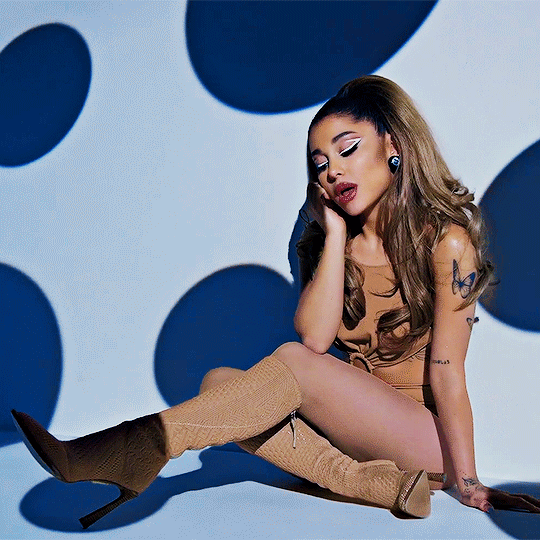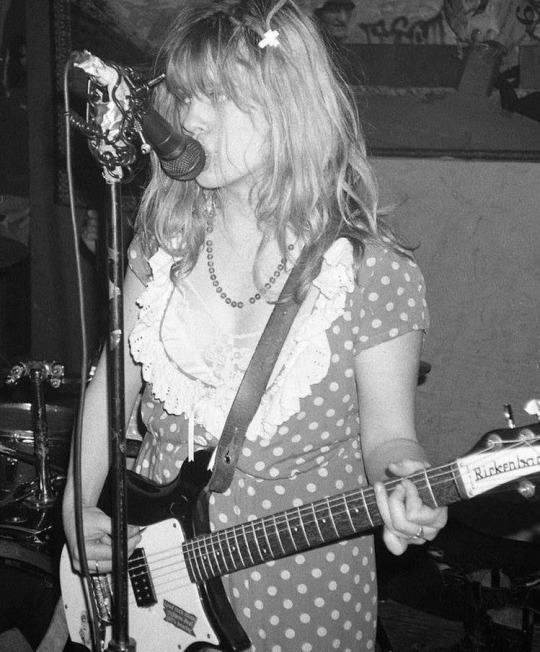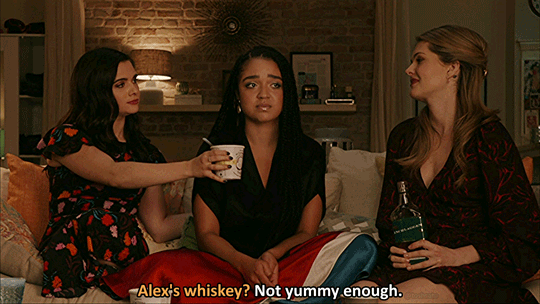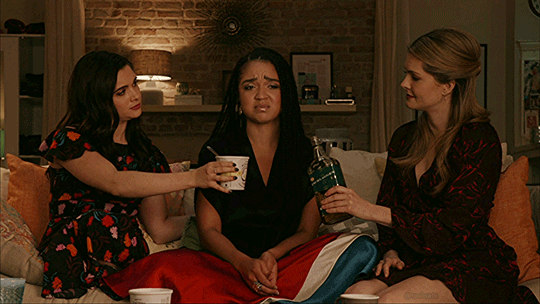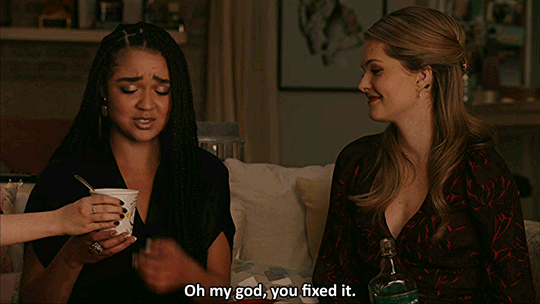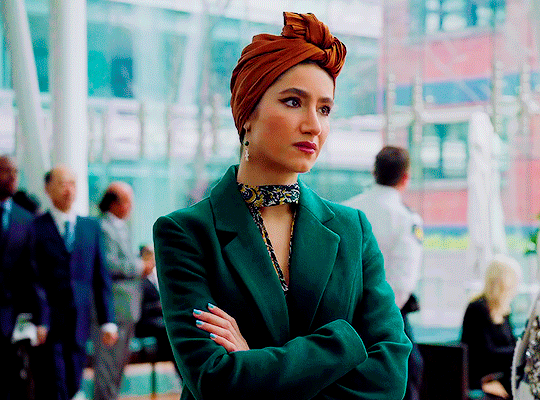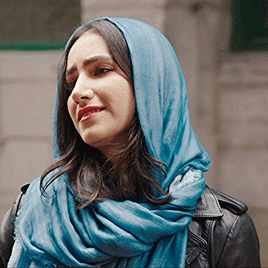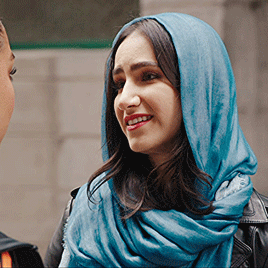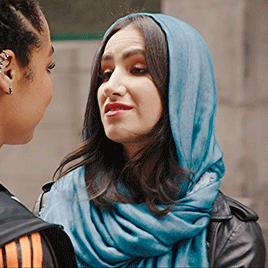rants on popular culture pretending to be a class project
Don't wanna be here? Send us removal request.
Photo
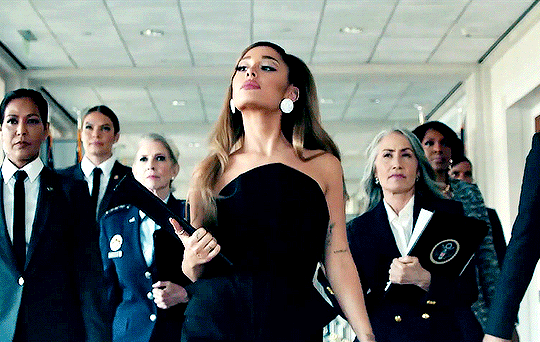
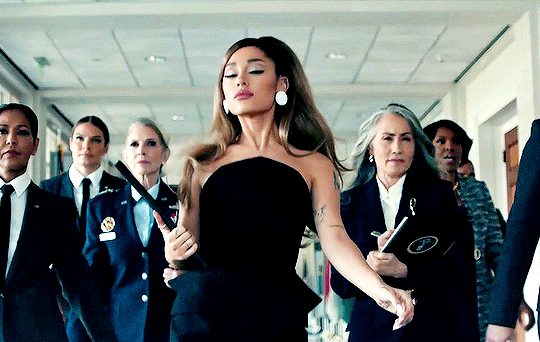

ARIANA GRANDE > POSITIONS (2020) dir. Dave Meyers
3K notes
·
View notes
Text
Girl, Reinvented / Girl, Incorporated*
In this blog post, I will offer my take on two songs and tidbits on contemporary empowered pop music that, I think, exemplify the process through which girlhood as we know it came into existence as described by Angela McRobbie. Rebel Girl (first performed in 1991, released in ‘93) and #1 Must Have (2000), songs by bands Bikini Kill and Sleater-Kinney belong to riot grrrl movement, the 1990s phenomenon attempting to challenge misogyny and machismo in punk music. However, as Mary Celeste Kearney explains, it did much more than that: riot grrrl confronted the way in which images or (front)women are produced and circulated in the media and questioned commercial aspects of making music through the DIY approach. Similarly to McRobbie (albeit in different and explicitly feminist rather than post-feminist way), these songs engage with the beauty industry, female presence in public spaces, and queerness. Moreover, riot grrrl, as its name suggests and as previously shared pictures on my blog show, reembraced girly clothing while disrupting the seamless embodiment of femininity via sloppy make-up, writing paroles on the exposed skin, and screaming profanities in baby-doll dresses.
Rebel Girl, the unofficial anthem of the movement, plays with suggestiveness of the singer’s (narrator’s) intent to, interestingly enough, try on rebel girl’s clothes, but this stylistic endeavor gains queer connotations in the singer’s wish to kiss “the queen of the neighborhood” which are confirmed in the final stanza that, unlike the previous ones, doesn’t profess a wish to befriend the rebel girl and opts for ellipsis. Rebel Girl is more than a love song as it also conveys willingness to embrace feminism: similarly to Joan Jett’s activity grrrl, rebel girl is cool because she is a feminist and not despite being one. #1 Must Have is a cynical take on entering the mainstream (“they took our ideas to their marketing stars”), “regime[s] of self-policing” (63) such as dieting and applying make-up, and selfhood split between self-fashioning (present in the motif of “beauty magazines” as well as in double meaning of must-have) and consumerism (“credit card bills”). The song is also an attempt to reclaim agency through “inventing” culture that is “what we make it”.
To quote McRobbie, riot grrrls refused to be “consummately and re-assuringly feminine” (60), but I think that their images (i.e. hot punk-rocker chicks) eventually got appropriated and reinterpreted by the mainstream that downplayed their political commitment and elided the same-sex eroticism present in numerous songs. While many activist musicians are still rocking on (Childbirth, Dyke Drama and WASI are my personal favorites), McRobbie was very right (and very early) to notice how some, previously charged, elements are easily incorporated and pacified: for example, performative same-sex eroticism occasionally practiced by phallic girls (but never in a way that would suggest lesbianism/excluding men) is very much played with in songs such as Girls whose creators went on to reassure the audience that they were “just playing”. Also, “having it all” liberal feminism is (unironically) celebrated in Ariana Grande’s Positions: new sexual contract with its promises of “the opportunity to work, to gain qualifications, to control fertility and to earn enough money to participate in the consumer culture” (54) is easily noticed in Grande’s willingness to accommodate her “too good to be true” partner by
switchin' them positions for you
Cookin' in the kitchen and I'm in the bedroom
I'm in the Olympics, way I'm jumpin' through hoops
The video might be a clever jab at Trump’s presidency, and a successful play on gender roles/president-the first lady dynamic (as Grande is portraying POTUS while dressed like Jackie Kennedy), but I think that contemporary empowered girlhood fails to deliver on its transformative promises. As Sleater-Kinney sang in 2000, it might be time to (re)invent it.
Kearney, Mary C. “The Missing Links: Riot Grrrl – Feminism – Lesbian Culture.“ In Sexing the Groove: Popular Music and Gender, edited by Sheila Whiteley. New York: Routledge, 1997.
McRobbie, Angela. The Aftermath of Feminism. Sage, 2009.
*The title is a paraphrase of 1999 movie Girl, Interrupted that, along with movies such as Prozac Nation (2001) and The Virgin Suicides (1999), constructed girlhood as a period /metaphor for crisis (that is, as opposite of McRobbie’s understanding of new sexual contract that re-made girls into capable participants in the capitalist economy)
2 notes
·
View notes
Text
When you see the kinderwhore tag has been taken over by chicks with KoRn tattoos in jeans and shit:
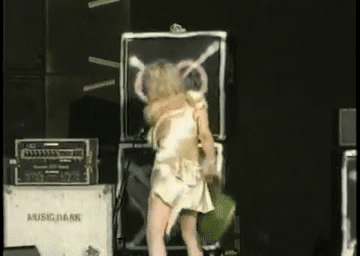
So here's the definition and description of it:
Kinderwhore was a clothing style used by a handful of mostly female grunge bands in the US during the early to mid-1990s. The kinderwhore look consisted of torn, ripped tight or low-cut babydoll and Peter-Pan-collared dresses, slips, knee-socks, heavy makeup with dark eyeliner, barrettes, and leather boots or Mary Jane shoes.
It was described as "a strong feminist statement...about so much more than a little velvet dress, ripped tights and a dumb media-made label. It was about intentionally taking the most constraining parts of the feminine, good-girl aesthetic, inflating them to a cartoon level, and subverting them to kill any ingrained insecurities." It has been noted that although the look was very feminine, when its exponents performed onstage they "stood tall and confident, they threw their guitars around like weapons, and screamed out whip-smart feminist lyrics. These women were questioning the cultural importance of typical beauty through costume and the stage."
312 notes
·
View notes
Photo




Babes in Toyland, performing “Sweet ‘69” live on 120 Minutes, 1995 [X]
594 notes
·
View notes
Text
How bold is too bold?
In her groundbreaking work The Right to Maim, queer theorist Jasbir Puar showed how the contemporary notion of queerness became racialized through “pernicious binary [that establishes] the sexual other [as] white, the racial other [as] straight” (6). This opposition, of course, doesn’t reflect actual LGBT+ history that was and is heavily shaped by actions, culture, and language of POC. I think that secularism as discussed by Rosenberg engages with similar patterns – it “represents freedom and gender equality whereas Islam continues to stand for oppression” (286). Mainstreamed version of gender equality shares a lot with the mainstreamed version of LGBT+ movement. Hence, queer Muslim women seem like a paradox: while we can encounter previously religious queers looking to find refuge in the West that displays its tolerance and imperialist magnanimity by granting them rights,* I haven’t seen a fashionable queer hijab-wearer on mainstream television until The Bold Type’s Adena El-Amin.
The Bold Type (2017-), as many TV shows oriented toward female audiences, features a group of twenty-something girls struggling with their professional and romantic lives. I am actually quite surprised that Rosenberg doesn’t mention Adena as she focuses on presumed incompatibility of fashion and faith while also discussing propriety of hijabs in a professional setting. What impressed me about this series is its commitment to feminist issues despite its seemingly frivolous setting of glossy women’s magazine – viewers meet Adena when the magazine is seeking to publish her photographs, but she is reluctant due to being unsure whether they are really committed to gender equality. As one of the commentators interviewed by The Cut’s journalist Anna Silman notes, Adena is portrayed as an unapologetically feminist and openly gay which challenges the binary of oppressed Muslim woman/liberated Western woman. When asked about her hijab by her future love interest Kat, Adena replies that “it does not oppress me but liberates me from society’s expectations of what a woman should look like.” Along with being outspoken, she is also well-dressed, fashionable, and talented which is, I think (and I am certainly out of my depth with this topic), very welcome change.
However, she is still sufficiently viewer-friendly to be likable: her outfits are form-fitting, and the audience doesn’t have to wait long to see her hair. As Medium’s writer Nardine states, TV limits the scope of deviation: fully covered Muslim women is a no-go as “the message seems to be: we’ll accept you but only on our terms”. I agree with Rosenberg that “visibility and positive representation of under-represented communities do still matter” (288), and I hope to see increasingly diverse bold types in the future. Such characters could possibly also open opportunities for modestly-dressed Muslim actresses.
Puar, Jasbir. The Right to Maim: Debility, Capacity, Disability. Durham and London: Duke University Press, 2017.
Rosenberg, Tiina. “Wrapped in Meaning: Modest Fashion as Feminist Strategy.” NORA – Nordic Journal of Feminist and Gender Research vol. 27, no. 4 (2019): 285-289.
2 notes
·
View notes
Photo










“The Bold Type” Season 1 Intros
I love these freeze frames. Period.
318 notes
·
View notes
Photo
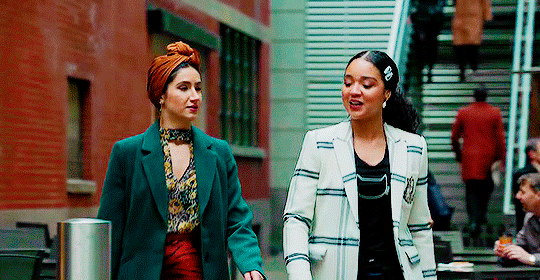


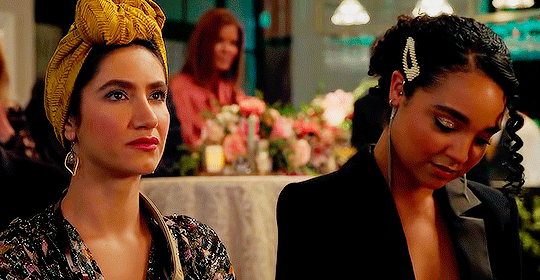
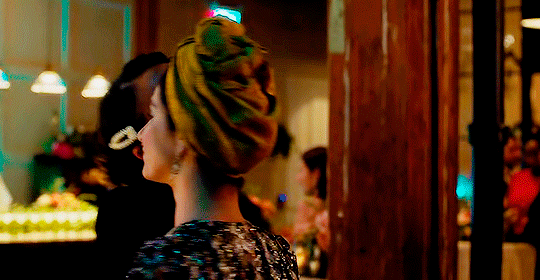
Kat and Adena in Some Kind of Wonderful l 4.10
1K notes
·
View notes
Link
An article on reclaiming Gay Lib’s radical legacy
0 notes

